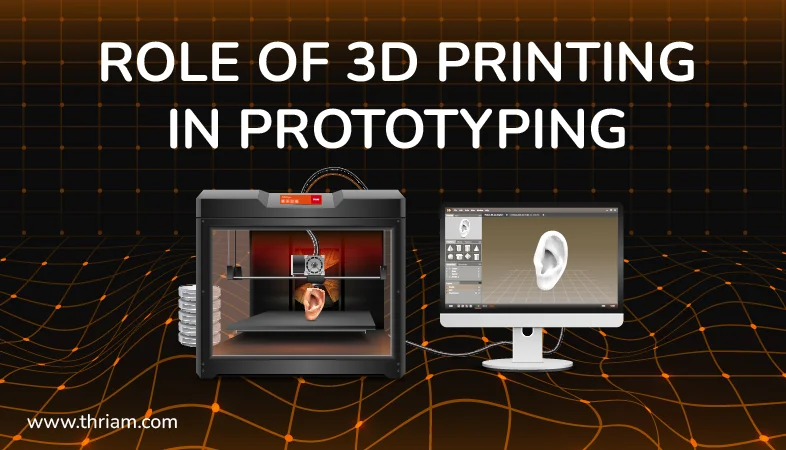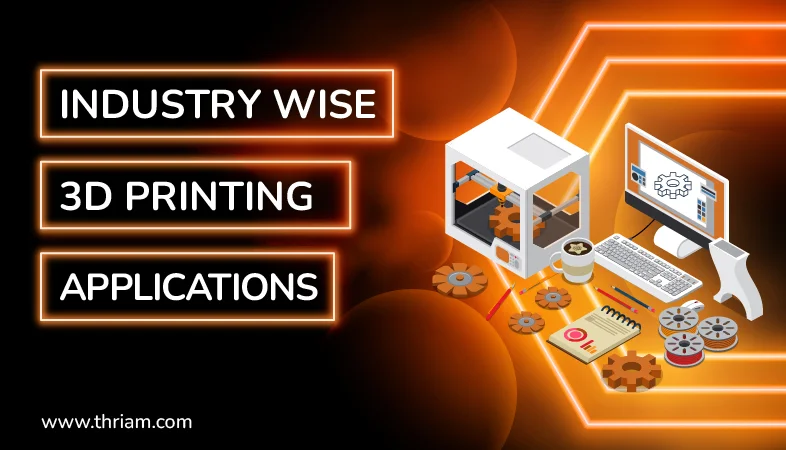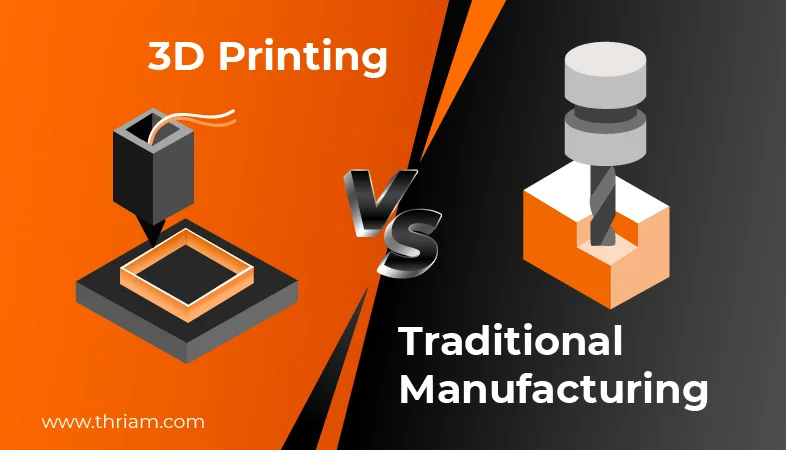The Power of Creation: 10 Fascinating Ways 3D Printing is Transforming Diverse Industries
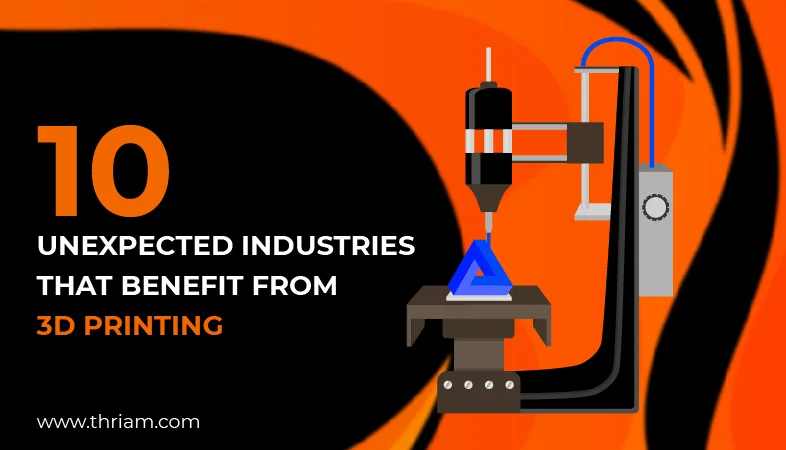
With advancements in technology, 3D printing has emerged as a revolutionary tool that has found its applications in diverse industries. This groundbreaking technology allows the creation of three-dimensional objects by layering materials based on a digital model. From healthcare to aerospace, 3D printing is transforming industries and opening up a world of possibilities. Let's explore 10 exciting applications of 3D printing in various industries.
The Importance of 3D Printing:
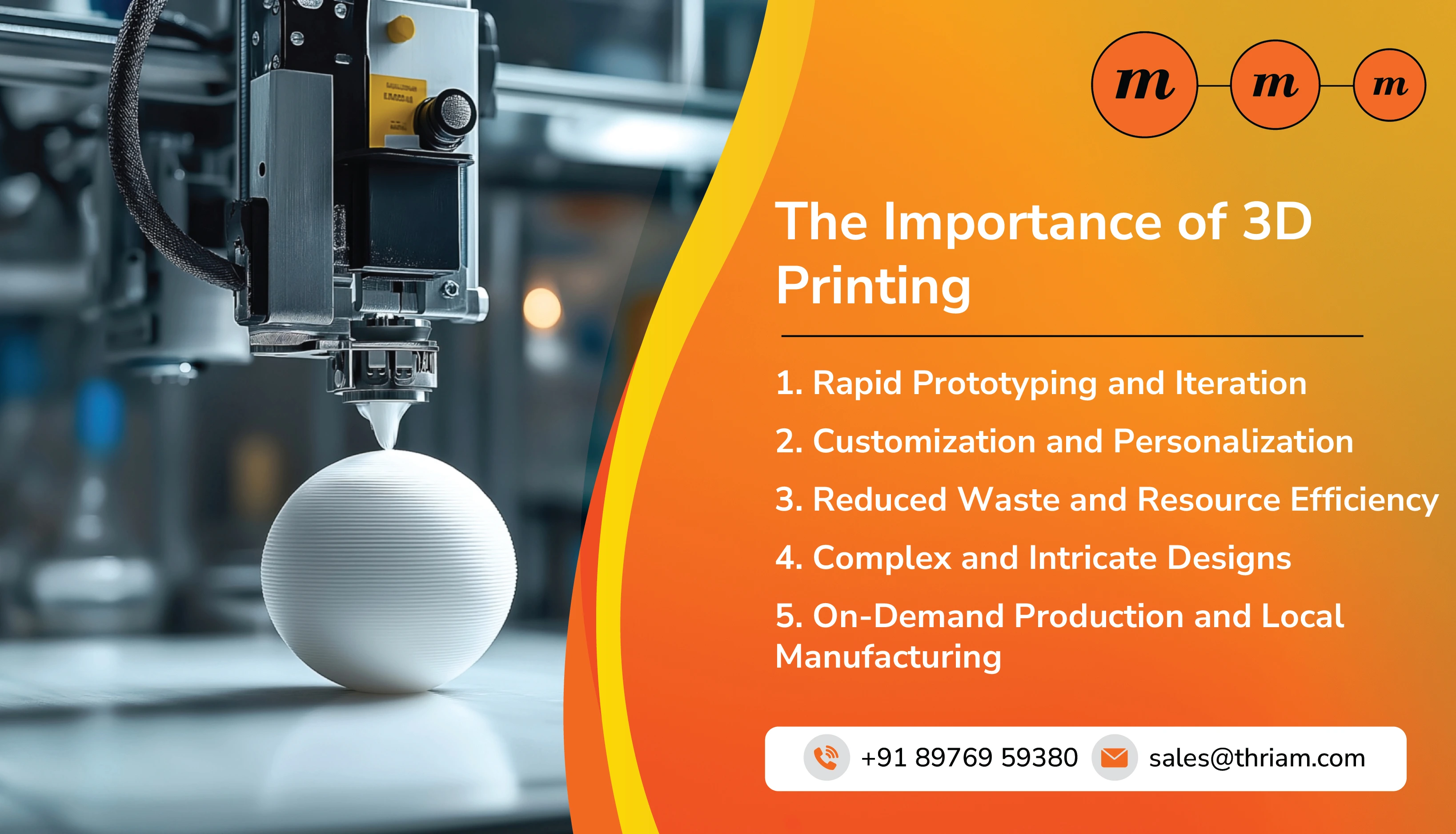
1. Rapid Prototyping and Iteration
One of the most significant advantages of 3D printing is its ability to facilitate rapid prototyping. Traditional manufacturing methods often involve lengthy and expensive prototype development processes. However, with 3D printing, designers can quickly transform their digital models into physical objects, allowing for rapid iteration and refinement. This capability accelerates the product development timeline, leading to faster time-to-market and increased innovation.
2. Customization and Personalization
Another crucial aspect of 3D printing is its capacity for customization and personalization. Unlike mass production techniques, which produce identical objects, 3D printing allows for the creation of unique and tailored designs. This level of customization offers endless possibilities across industries like healthcare, where personalized medical implants and prosthetics can be created, or in fashion, where customized accessories can be produced. 3D printing enables products to be specifically tailored to individual needs, preferences, and requirements.
3. Reduced Waste and Resource Efficiency
3D printing is known for its additive manufacturing process, which involves building objects layer by layer. Unlike subtractive manufacturing methods, such as CNC machining, where material is cut away from a solid block, 3D printing minimizes waste, as materials are only used where needed. This approach significantly improves resource efficiency, reduces material costs, and contributes to sustainable practices. The ability to create lightweight structures further enhances energy efficiency and conservation of resources.
4. Complex and Intricate Designs
The freedom to design and manufacture complex and intricate designs is another vital benefit of 3D printing. Traditional manufacturing techniques often have limitations when it comes to producing intricate geometries and complex structures. With 3D printing, designers can bring their most imaginative ideas to life, pushing the boundaries of what is possible. This capability opens up new possibilities for artistic expression, architectural design, aerospace engineering, and countless other fields.
5. On-Demand Production and Local Manufacturing
3D printing enables on-demand production and local manufacturing, eliminating the need for large-scale production facilities and extensive supply chains. This flexibility is particularly beneficial for small businesses and individuals, as it reduces overhead costs and minimizes the time it takes to bring a product to market. Local manufacturing also allows for rapid response to market demands, reducing lead times and ensuring a more sustainable approach to production.
Let's explore 10 exciting applications of 3D printing in various industries.
1. Healthcare
The healthcare industry has greatly benefited from 3D printing technology. One of the most exciting applications is the production of 3D-printed prosthetics. These customized prosthetic limbs offer better functionality and fit than traditional options. Additionally, 3D printing enables the creation of personalized medical implants, ensuring a perfect match for patients. In the future, organ and tissue printing could revolutionize the field of transplantation.
2. Aviation and Aerospace
The aviation and aerospace industries have embraced 3D printing to enhance their operations. Companies are utilizing this technology to produce lighter and more efficient parts, resulting in increased fuel economy. Prototyping and testing of new designs have become quicker and more cost-effective. 3D printing has significantly reduced the lead time for manufacturing aerospace components, allowing for faster innovation and advancement.
3. Automotive
In the automotive sector, 3D printing has revolutionized prototyping and tooling. It enables rapid production of prototypes, allowing designers to refine and perfect their designs quickly. Additionally, 3D printing allows for the customization of car parts, ensuring a perfect fit for specific models. With the ability to create lightweight components, 3D printing contributes to fuel efficiency and better overall performance.
4. Architecture and Construction
The architecture and construction industries benefit from 3D printing by expediting the prototyping of buildings. This technology allows architects to transform digital designs into physical models at a faster pace, facilitating better visualization. 3D printing enables complex and intricate designs that were previously challenging to achieve. Moreover, sustainable construction materials can be created using 3D printing techniques, promoting eco-friendly practices
5. Fashion and Design
3D printing is pushing the boundaries of fashion and design. Designers can create customized fashion accessories that perfectly match an individual's preferences and style. The technology also enables the production of innovative and unique wearable designs that were once unimaginable. With on-demand production, 3D printing allows for reduced waste and a more sustainable approach to fashion.
6. Education
Educational institutions are incorporating 3D printing to enhance learning experiences. Students can benefit from 3D printed educational models and aids that provide hands-on learning opportunities. This technology encourages creativity and problem-solving skills, allowing students to bring their ideas to life in a tangible way. 3D printing in education revolutionizes the traditional learning environment and prepares students for the future.
7. Food Industry
3D printing has even found its way into the food industry. Confectioners can create beautiful and intricate designs using 3D printed confectionery molds. Additionally, personalized nutrition is now possible with the creation of 3D printed food products tailored to specific dietary needs. This technology also enables chefs to add impressive and artistic food decorations to their creations.
8. Defense and Military
The defense and military sectors benefit from 3D printing by enabling rapid production of specialized equipment. This technology allows for on-site manufacturing, reducing the need for extensive supply chains. Prototyping military designs becomes faster and more cost-effective, leading to quicker innovation and adaptation. 3D printing also enables the repair and replacement of parts in the field, ensuring operational readiness.
9. Art and Sculpture
Artists and sculptors are embracing 3D printing to push the boundaries of artistic expression. This technology allows for the creation of complex and intricate sculptures that were once difficult to achieve. Artists can reproduce historical artifacts with precision, preserving culture and history. 3D printing provides artists with a new medium for creativity and artistic exploration.
10. Electronics and Technology
3D printing has revolutionized the electronics and technology industry. Customized cases and enclosures can be easily created, providing a perfect fit for electronic devices. Prototyping circuit boards becomes faster and more efficient, allowing for quicker testing and development. 3D printing also facilitates the printing of conductive materials, opening up new possibilities for electronic designs.
Conclusion
3D printing has transformed various industries, opening up limitless possibilities for innovation. From healthcare to aerospace, automotive to fashion, this revolutionary technology is revolutionizing the way we design, produce, and utilize objects. The applications highlighted here are just the beginning, as the future holds even more exciting advancements for 3D printing. As the technology continues to evolve, we can look forward to a world where almost anything can be brought to life with the power of 3D printing.
